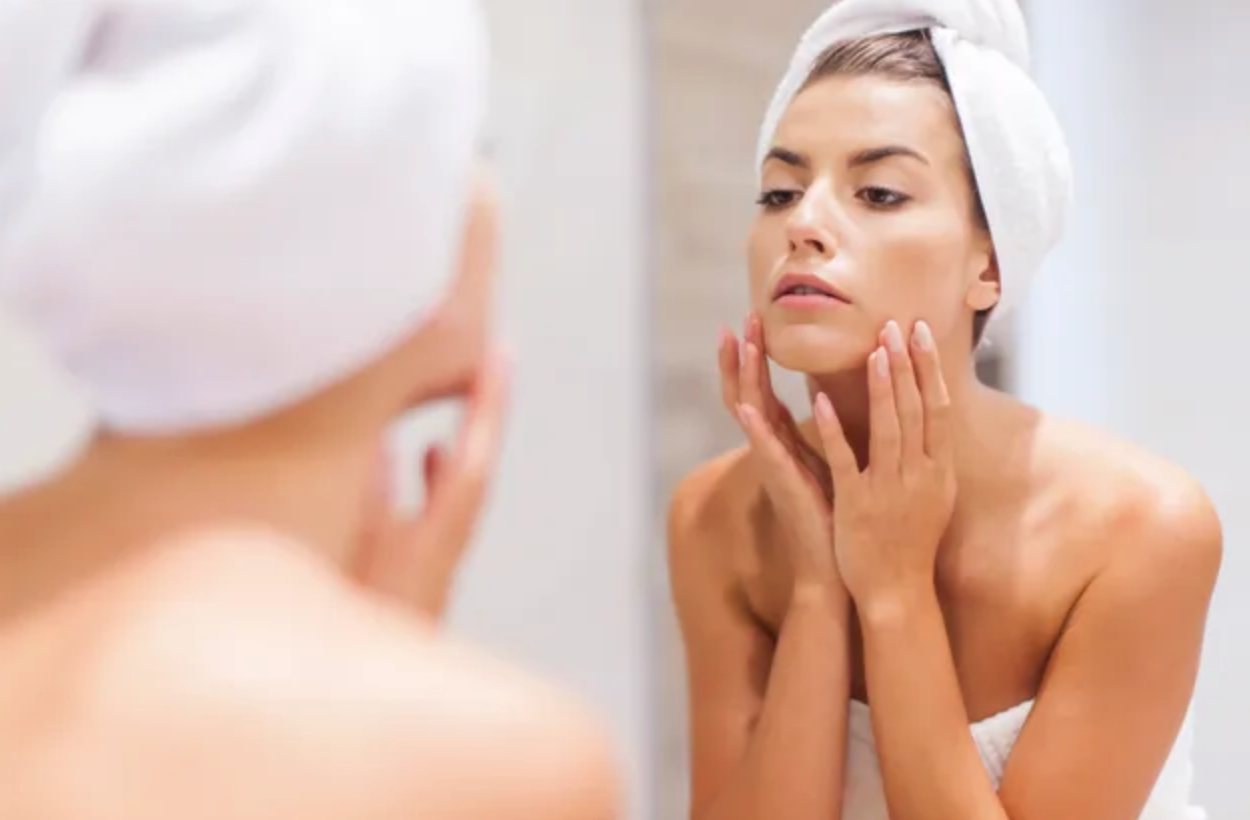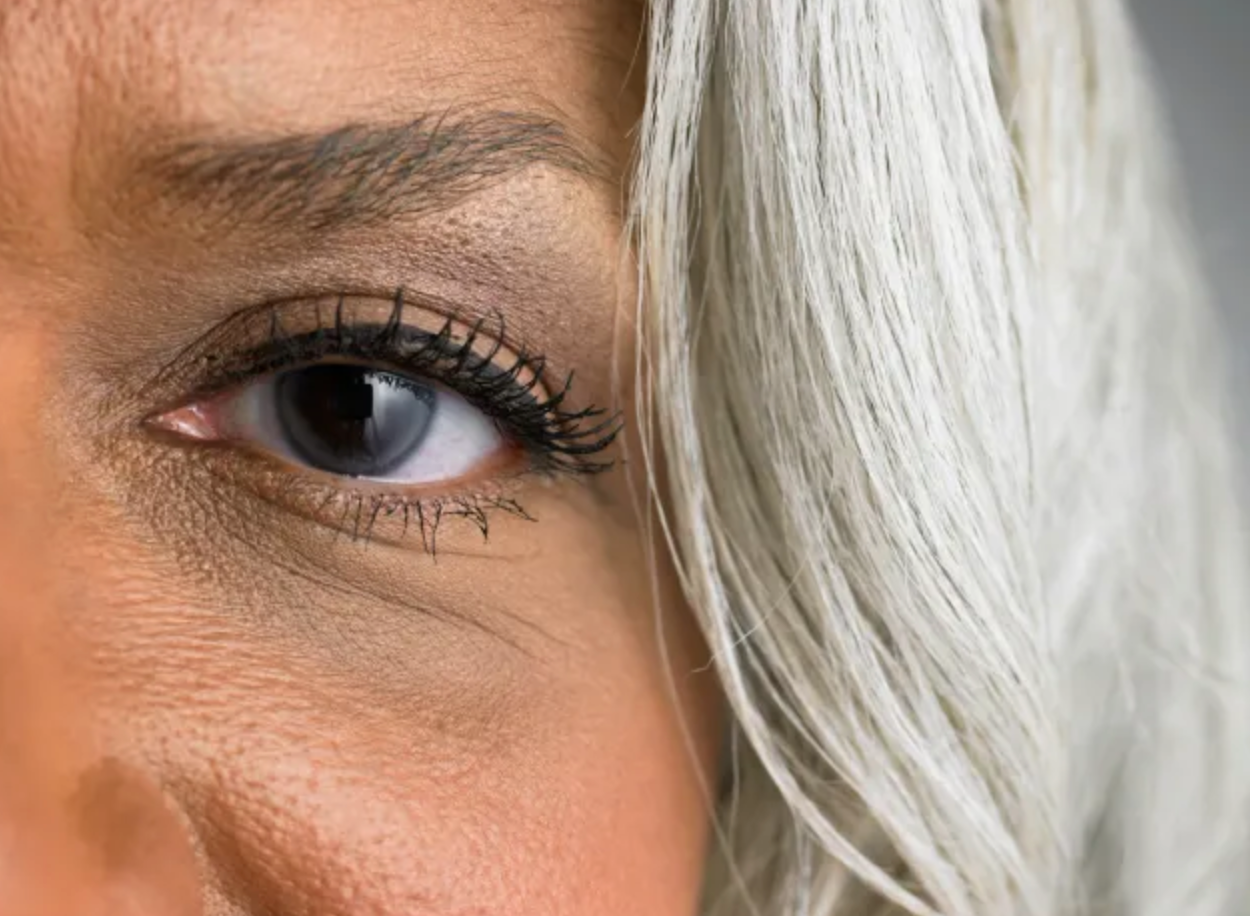You know you should wear sunscreen every day. But what kind? How long can you keep it?
Get the answers to these questions and other truths about sunscreen.
Sunscreen: True or False
1. The higher the SPF, the better the protection.
FALSE. It sounds right -- a sun protection factor of 100 should be twice as protective as SPF 50. But it's only a few percentage points more effective. An SPF of 15 screens 93% of the sun's rays and an SPF of 30 screens 97%. "But the number becomes irrelevant if you aren't applying enough in the first place," says Mona Gohara, MD, a dermatologist in Danbury, Conn., and an assistant clinical professor at Yale University dermatology department. Most people don't use enough, studies show.
"For better protection apply 1 to 2 ounces (the size of a Ping-Pong ball) of sunscreen on your body 30 minutes before going outdoors [so your skin can absorb it completely] and every two hours to any exposed skin after that," Gohara says.
2. It's OK to use last year's bottle of SPF.
TRUE. Most sunscreens have a shelf life of about two years, says Jordana Gilman, MD, a New York City dermatologist. If you are using sunscreen properly, however, you shouldn't have any left, since it takes about 1 to 2 ounces of sunscreen to cover the entire body. A 4-ounce bottle should last for, at most, four applications.
3. Sunscreen only needs to be applied to exposed skin.
FALSE. The average T-shirt offers an SPF of about 7, notes Gilman. Darker fabrics and tighter weaves provide more protection, but it is much safer to apply sunscreen to your entire body before you get dressed. Or better yet, wear clothing made of UV protective fabrics. These have been specially treated with colorless UV-absorbing dyes, and most offer an ultraviolet protection factor (UPF) of 50, which blocks both UVA and UVB. Don't want to invest in a whole new summer wardrobe? Spike your detergent with a wash-in SPF product you can toss in with your laundry.
4. Using makeup with SPF is just like wearing regular facial sunscreen.
FALSE. Certainly, applying makeup that contains SPF is better than skipping it altogether, but it's not as effective as wearing a facial lotion with sunscreen underneath. Generally, most makeup cracks on skin, allowing UV rays through.
"For makeup to provide adequate ultraviolet protection, it would need to be applied in a really thick layer, which most women do not do," Gilman says.
So unless you plan to spackle on your foundation, smooth on a layer of lotion with sunscreen first and then apply your makeup.
5. Sunscreen can cause cancer.
FALSE. The only way sunscreen could be hazardous to your health is if it is absorbed into the body, which does not happen, says Amy Wechsler, MD, dermatologist and author of The Mind-Beauty Connection: 9 Days to Reverse Stress Aging and Reveal More Youthful, Beautiful Skin. "UV rays break down the chemical molecules in some sunscreens relatively quickly, long before they can seep into skin."
Also, you should check the "active ingredients" section on the label to see what the bottle contains. Even the same product can vary from year to year.
6. "Water-resistant" sunscreen doesn't need to be reapplied after swimming.
FALSE. "No sunscreen is truly waterproof," Wechsler says. The FDA agrees. Sunscreens are allowed to call themselves "water-resistant" but not "waterproof," and their labels have to say how long the water resistance lasts.
You should reapply sunscreen every two hours, and every time you get in and out of the water or work up a sweat.
7. Wearing sunscreen can lead to vitamin D deficiency.
FALSE. No doubt about it: You need vitamin D (which your body can make when exposed to the sun). But that doesn't give you a no-SPF pass.
It can be harder to make vitamin D during the winter or when you're older. But you can still get vitamin D from fortified foods or supplements. The Institute of Medicine recommends that most adults get 600 IUs of vitamin D a day. Some people may need more, so check with your healthcare provider.
8. Sunscreen with antioxidants provides better UVA/UVB protection.
TRUE. While they aren't active sunscreen ingredients, antioxidants are great SPF supplements. Sunscreen alone does not block all of the damaging rays from the sun -- even an SPF of 50 blocks out only 98% of UV rays. "Antioxidants are a good way to catch the UV radiation that 'sneaks' past the sunscreen," Gohara says. Sunscreens infused with antioxidants, such as skin-loving green tea extract or polyphenols from tomatoes and berries, are proven to reduce the formation of free radicals (small chemical particles that wreak havoc on skin and can cause skin cancer) in the presence of UV light.



